Will ABS braking be the next big thing in mountain biking? I rode a Bosch ABS equipped Cube Stereo to find what it's all about
Does using Bosch ABS on an e-MTB give any performance advantages or does it only serve to improve braking safety?
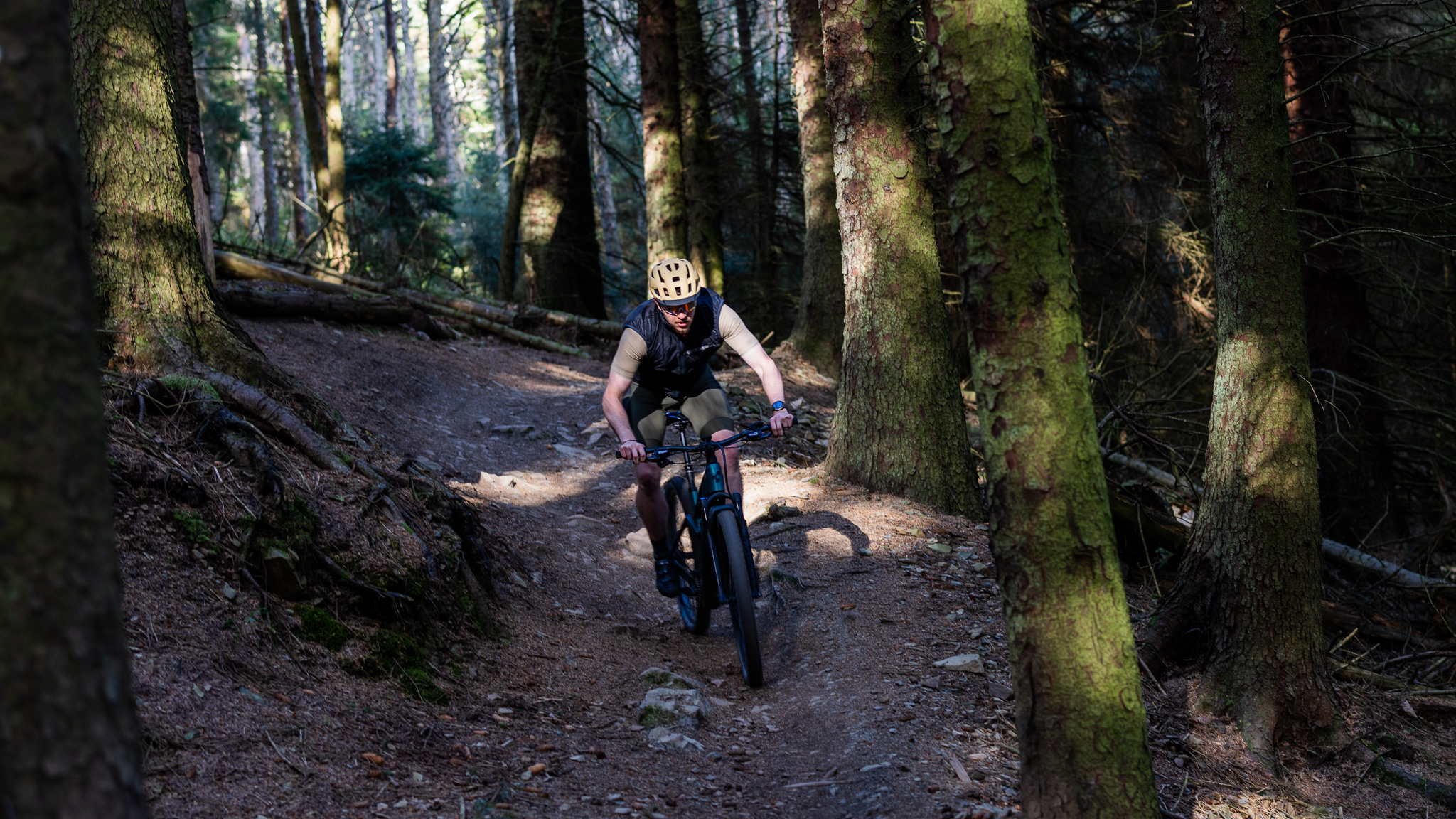
Bosch is the world's largest motor vehicle supplier of ABS (anti-lock braking systems) with ABS now in every car on the road along with the majority of motorbikes. Since 2004 it's been a legal requirement for all new production cars to have ABS. In 2017, Bosch introduced its first-generation system to the best mountain bikes, but it was a fairly hefty piece of hardware, bulky and had limited success. Recently, they launched their second-generation version which is now a slick and intuitive system, super easy to set up, understand and control.
I had the opportunity to meet with Bosch ABS experts and learn about their award-winning tech, which has already won the prestigious Design and Innovation Award 2023. I also got to test ride the system on the Cube Stereo Hybrid 140 HPC ABS 750 at Glentress, Scotland, the venue for the UCI XC World Championships in August. I then returned to test the ABS again with a novice mountain biker to see how he would adapt to the system with my newly learnt knowledge, and to see if I could ride faster having already tested it myself.
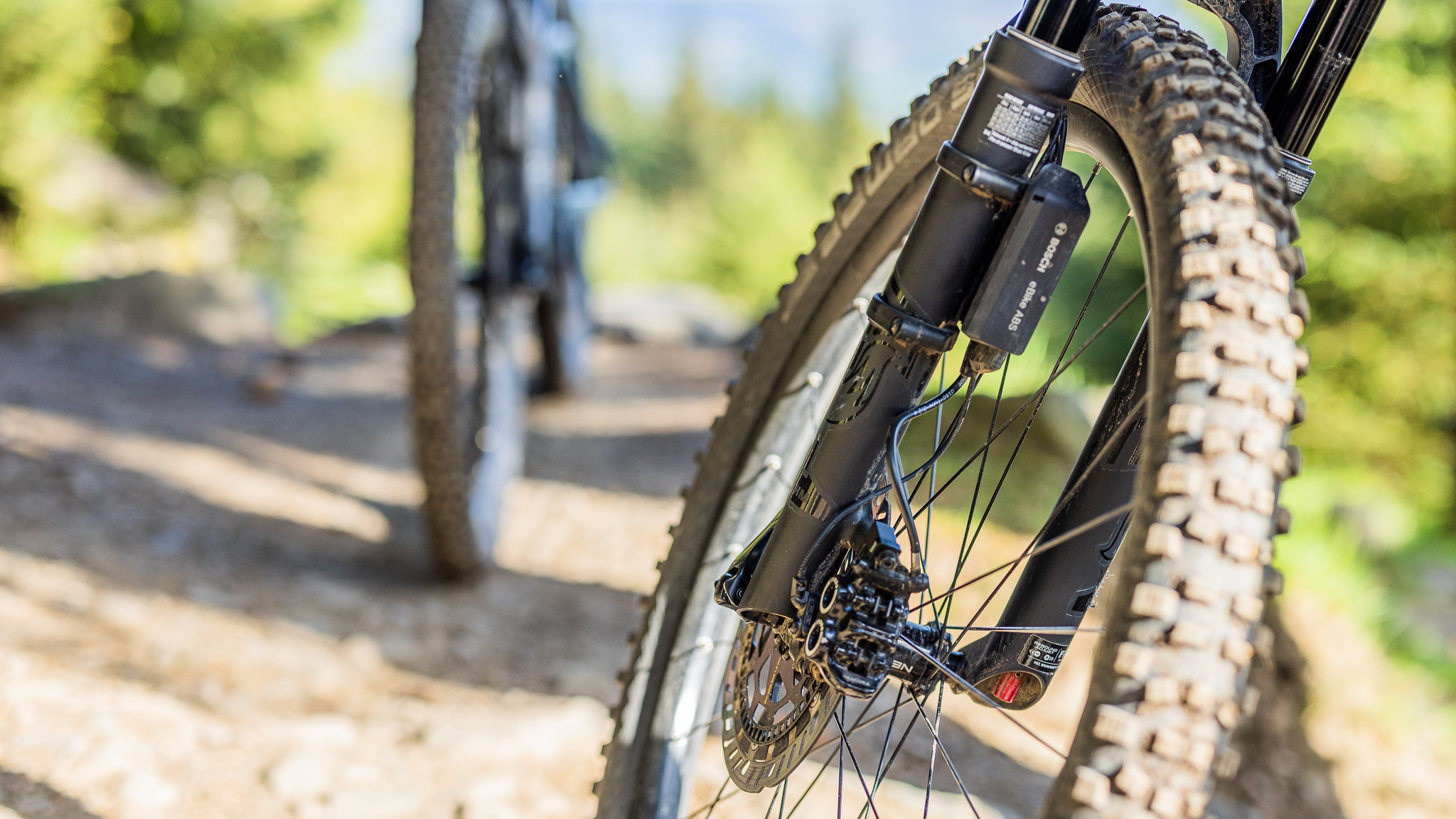
So how does ABS work?
Considering the technology involved, ABS is made up of only a few key parts. First there are wheel speed sensors on the front and rear rotors that continually measure the rotational speeds of each wheel. The bespoke brake lever is made by mountain bike brake specialists, Magura, specifically for the system. The ABS control unit housed on the fork is the heart of the system and detects front wheel lock-up, and controls the braking force applied in fractions of a second, preventing the front wheel from locking up and skidding.
Importantly, the system is only active on the front wheel, which is really where you want it, as locking up the front wheel usually means a slide and/or a crash. The ABS still allows for back wheel lockout so you don't lose any of the rear control for swinging into corners and when you want to get loose.
It's also important to add that there are rear wheel ABS sensors, that look exactly the same as the front and my Bosch expert answered my questions to why they are there. "The speed sensors on the back wheel are there so the system knows the speed of each wheel, measuring variation in the wheel speeds as you brake. The ABS sensors effectively communicate through the software controlling when the ABS will be applied to the front wheel, and avoiding any lock-up or skidding. The back wheel still retains the same braking control as traditional braking, with no ABS interference."
Another benefit of the separate sensors on the system is the Bosch eBike ABS rear wheel lift control, which reduces the possibility of unwanted lifting on the rear wheel through heavy front wheel braking which would usually result in a swift ejection over the bars.
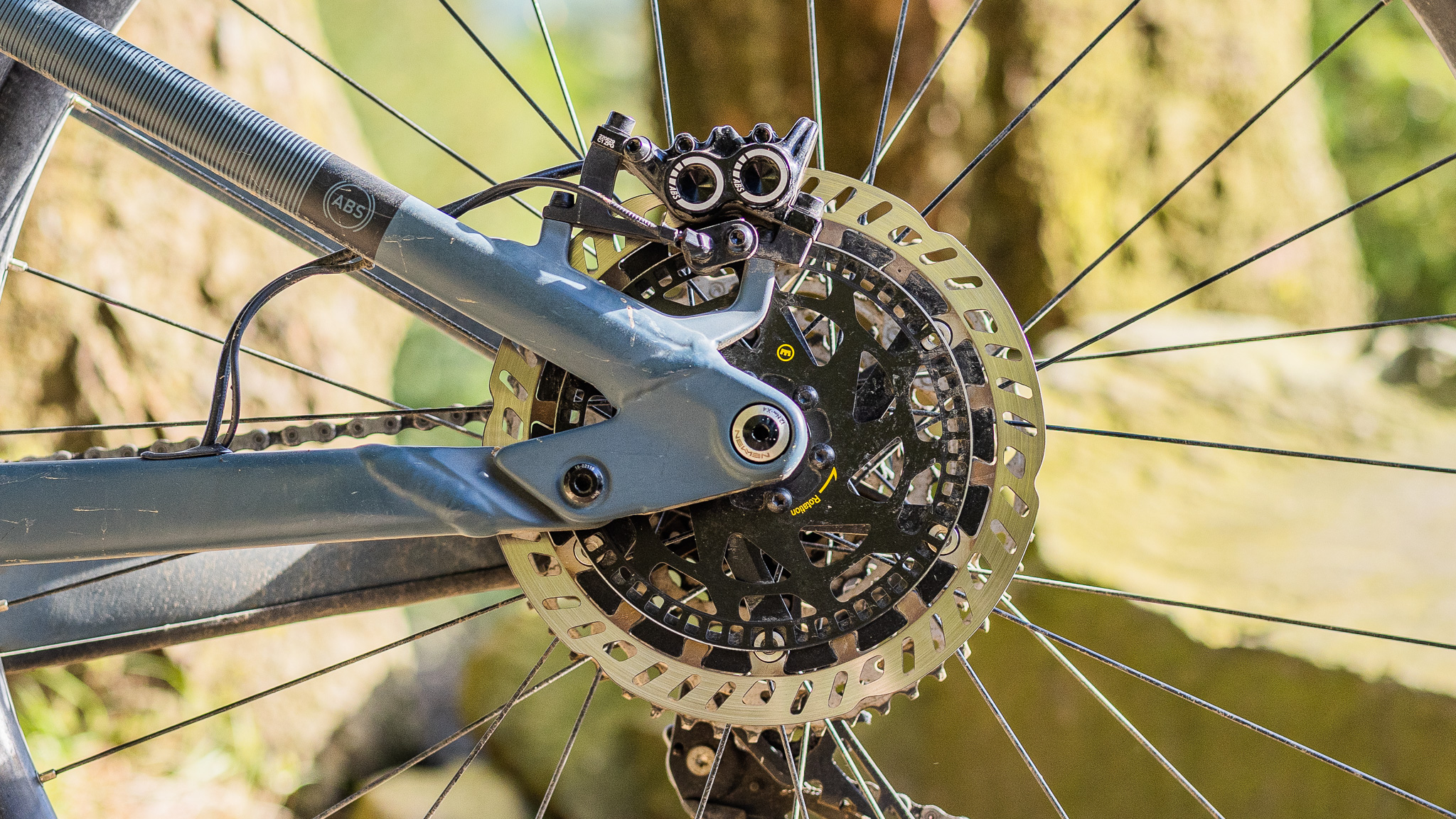
The entire ABS system weighs around 400g, which meant the size Large Cube Stereo Hybrid 140 HPC ABS I rode weighed around 25kg. A similar non-ABS Cube Stereo 140 HPC weighs in at 24,6 kg. The additional weight comes mainly from the additional sensors on the rotors and the control unit, for the benefits the ABS brings over a non-ABS, its not a big difference. While I'm on the sensor rings, they also have a magnetic sensor which alleviates the potential of false readings from dust or mud and the system's reaction time is around three milliseconds which is way faster than most people's reaction times.
There are four configurations or modes which include ABS Cargo, ABS Touring, ABS Allroad and ABS Trail that dictates the way the software controls the ABS, via the bar-mounted Kiox 300 controller. The Kiox unit allows you to switch between modes as you ride, and adapt the system to rider preference and surfaces. The Kiox 300 display can also be used to retrieve information about your braking behavior. When the front brake is used, the braking distance and braking time are recorded and giving a sense of how different surfaces can affect braking distance
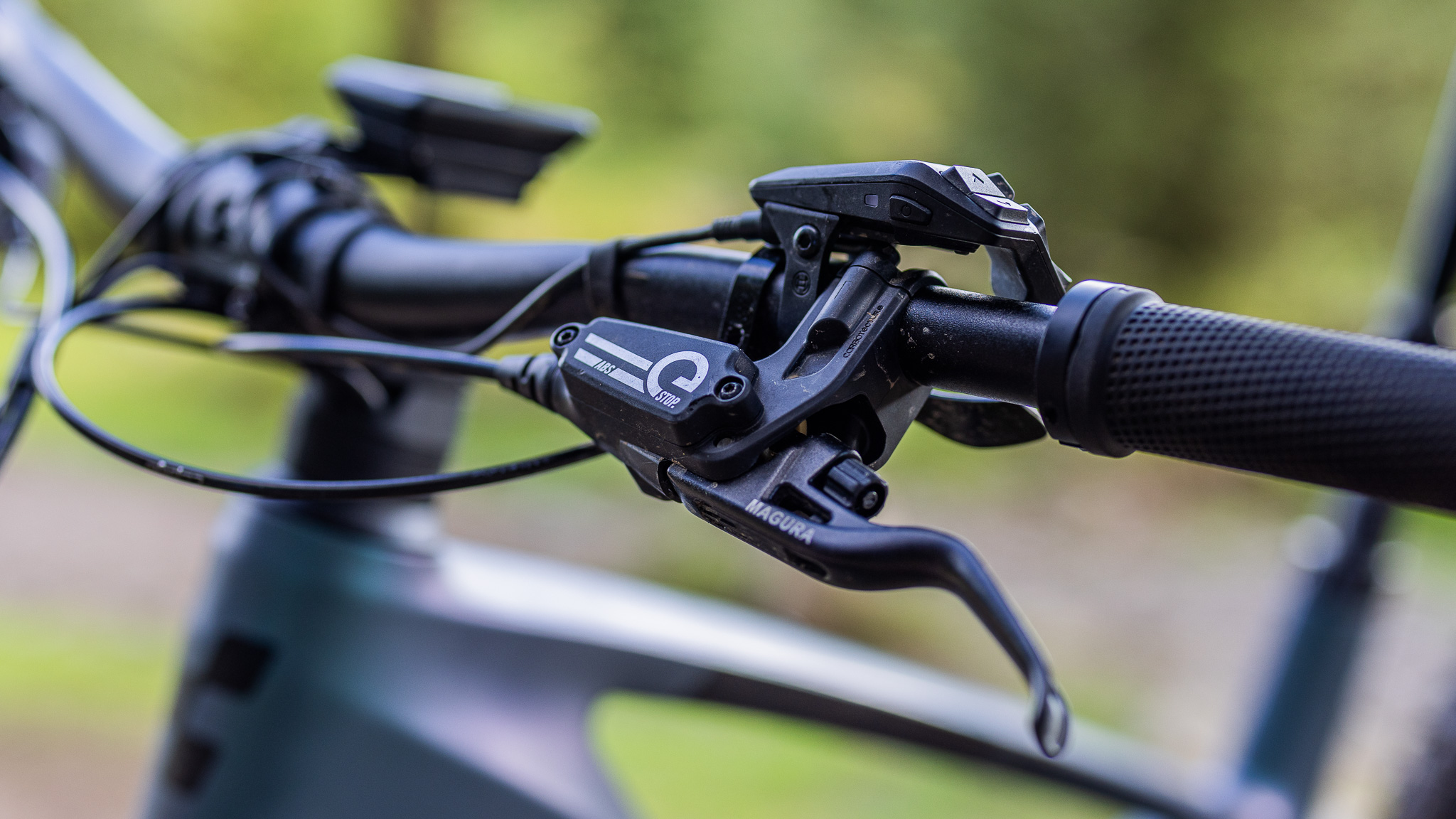
How the ABS performs
So the first thing my ABS hosts from Cube and Bosch told me to try is to find a nice steep loose descent and pull the front brake as hard as you can, and ignore the back brake completely, which of course is completely the opposite of what you would normally do, so to say I was slightly apprehensive doing this is an understatement.
However, after a few attempts and certainly not pulling as hard as I could at first, I got an understanding of how the system worked as you come to an almost instant controlled stop, with zero wheel lock-up or skidding, it's quite remarkable when you think of what would happen on a normal braking setup and pulling that hard.
The Bosch ABS expert went over the finer details of what's happening, explaining that as you apply the braking, the front wheel digs in looking for traction, and there are tiny lockups of the front wheel as you do brake, which you don't notice in any way, but after being shown a slow motion video its was fascinating to see the ABS working. He explained that your body position affects the amount of braking pressure applied by the system. For instance, leaning forward increases the braking force as your weight adds more grip to the system, with the opposite effect if you have your weight of the back.
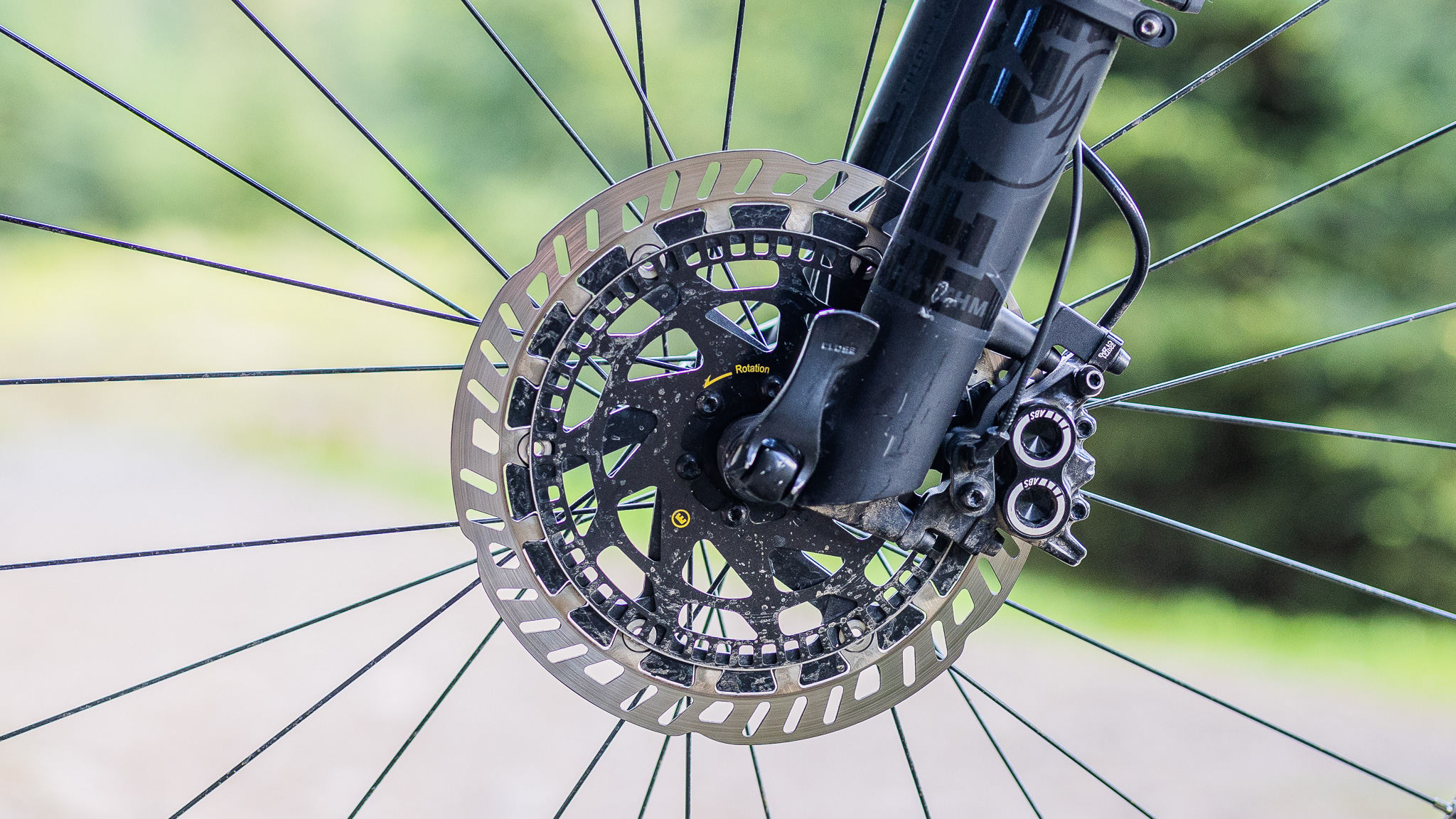
After some easy demo trails, we headed up the climbs of Glentress, to find some more real-world trails to see if the ABS was more than just a safety feature. I didn't have a plan on how I was going to ride with the system, and it was my first time riding some of the descents at Glentress for a long time, so I just rode as normal.
However, I found myself without actually noticing, riding fast and smooth, the ABS almost working unnoticed in the background. Thinking about it as we had a break and waited for others to catch up, and yes I was waiting for people to catch me up, which made me think, I'm riding faster. I realized I was braking later into turns, braking in the air out of jumps to shave off speed and the more I got used to the system I found I could grab a handful of front brake anywhere on the trail, with supreme control as the front wheel is managed and your back wheel is behaving as normal, skipping around and sliding. I was without a doubt faster on the ABS.
I had limited time with the system so it was hard to draw a definite conclusion but as we chatted over our evening meal, the Cube guys told me the bikes would remain at Glentress for a few weeks, so I could go back and try again, this time with some experience and some segments to compare. I took a total novice mountain bike rider with me for the second installment, passing on the same information to him as I had been told, and we set off on the same trails as before. The results were impressive, sending it down the same 2km descent with tight turns, gnarly sections and jumps, I managed to shave four minutes off my previous time, as I put my full trust in the ABS and confidently braked later, and harder. As for my guinea pig using it for the first time, he also found himself feeling more confident on the downhills, with a feeling of trust in the system, but raised the question of going back to non-ABS and if you'd have to re-train your brain to traditional braking again.
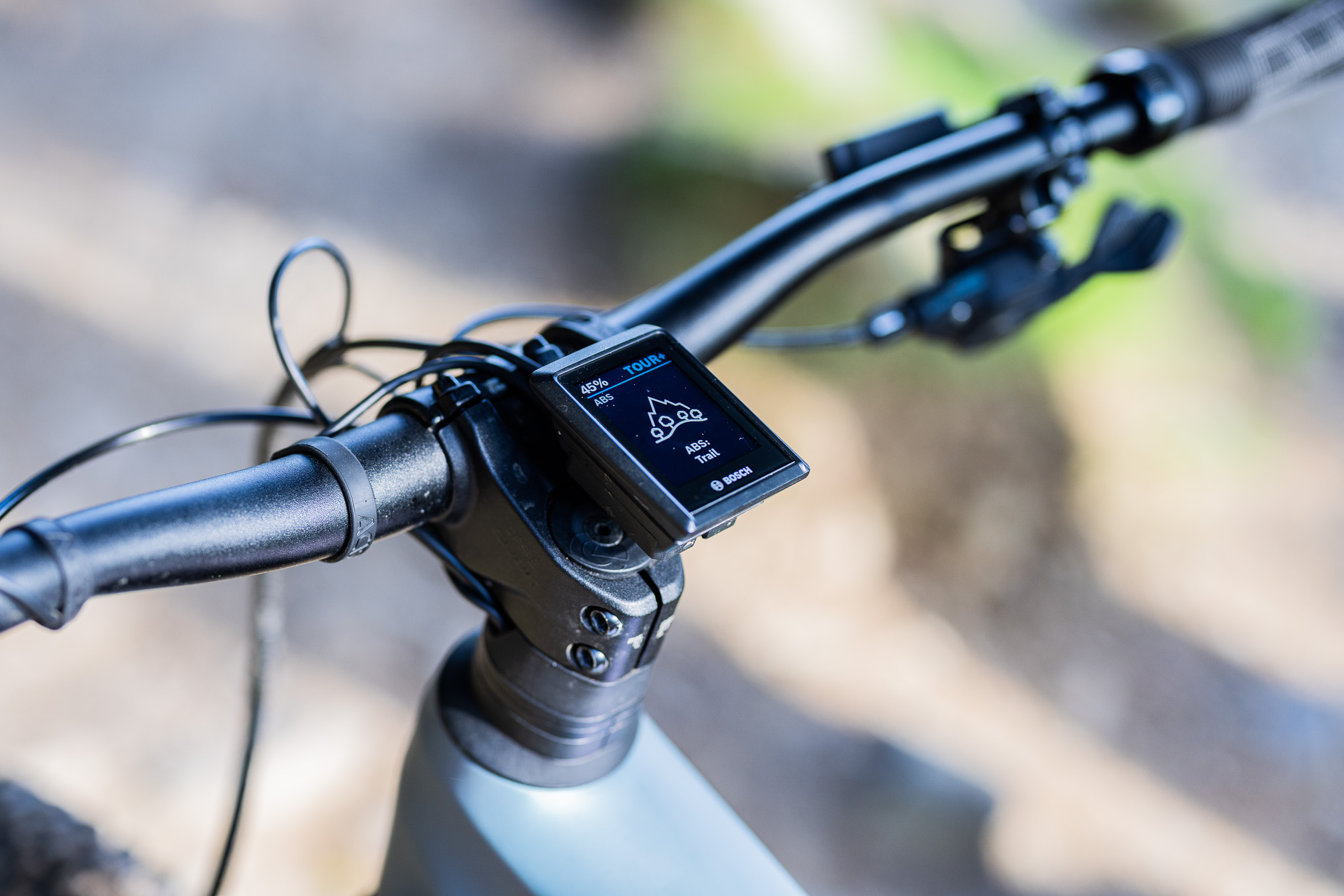
ABS conclusions
I must admit I was initially skeptical about ABS on an MTB and wondered if I'd need it, questioning if a safety system would potentially dilute the enjoyment of being able to lock up the back wheel, perform endos or take away my braking style. However, after a few days of testing, especially the second time around, I can safely say, I loved it. Once I put my trust in the process it was proven to make me faster, more confident in attacking the techie trails of Glentress, and just made the whole experience fun.
I do have a non-equipped ABS Cube Stereo e-MTB coming for testing soon, so will answer my friend's question on going back to normal brakes, I'll be riding the same descents again just to see a comparison on braking performance and my times. While I mention non-equipped bikes, its worth noting ABS can't be retro fitted to bikes in its current form, only coming in ABS specced new e-MTB's.
So the system may not be for everyone but for the amount of technology involved and a minimal cost difference depending on model of bike chosen, I would recommend trying ABS if the opportunity presents itself. Bosch added that the ABS is a work in progress and will continue to evolve, with my Bosch expert hinting at a possible big announcement coming at the Eurobike show next month. Whatever your own opinions may be on ABS, as a tech geek, the technology involved was very impressive to me and surely a good thing for mountain biking, particularly if the safety aspect alone encourages new riders to hit the trails with more confidence.
As to whether I'd actually spec it on an MTB bike I was buying, I'm not yet sure and would need to test more in a muddy winter gloop and damp rooted trails first. The system was excellent during the time I spent with it, and was definitely a ride and speed enhancing experience.
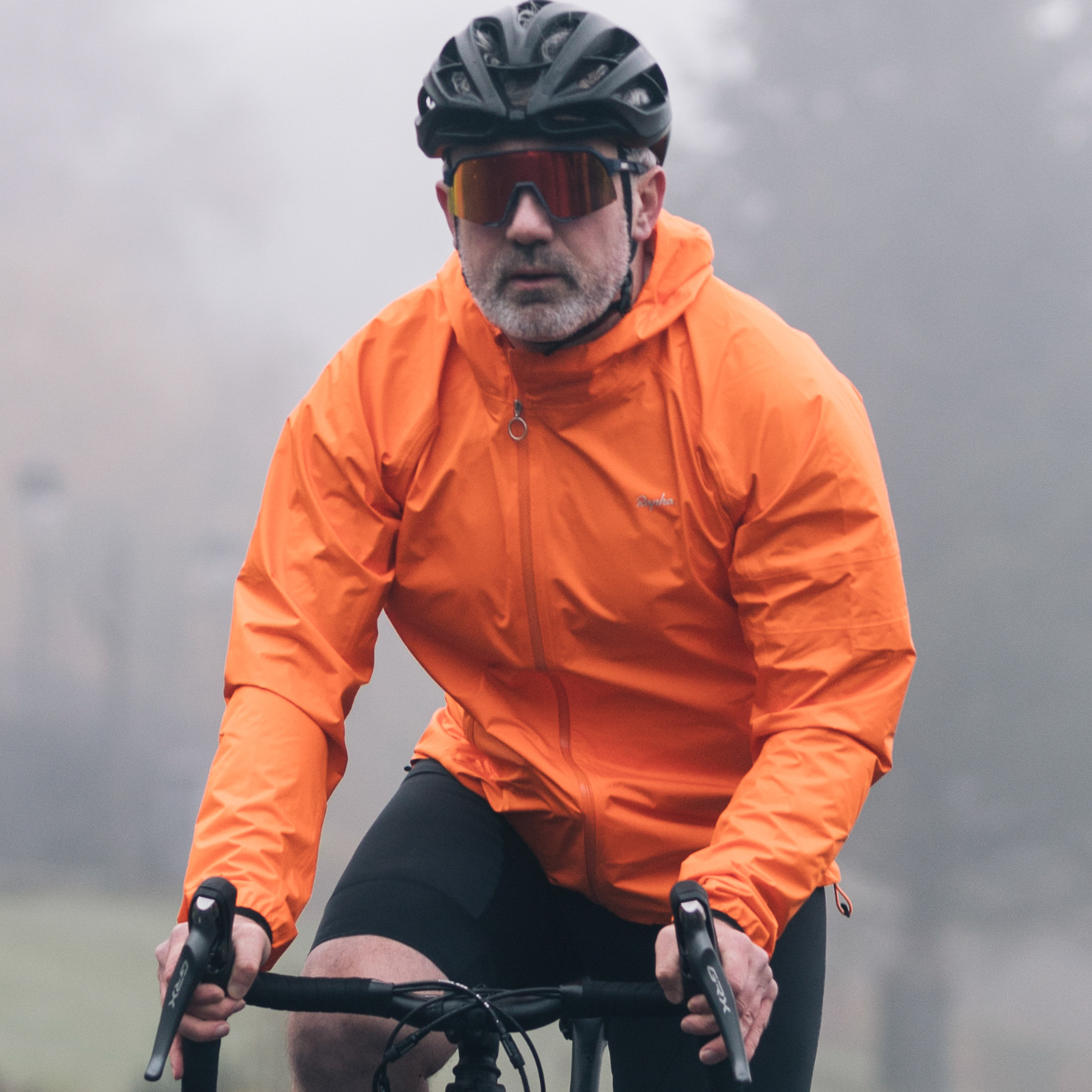
Paul Brett joined BikePerfect as a staff writer in 2022. He has been an avid cyclist for as long as he can remember, initially catching the mountain biking bug in the 1990s, and he raced mountain bikes for over a decade before injury cut short a glittering career. An award-winning photographer, when not riding a bike, he can be found at the side of a cyclocross track or a downhill mountain bike world championship shooting the action. Paul was the founder, editor and writer of Proper Cycling magazine, and he's traveled the world interviewing some of the biggest names in mountain biking and writing about some of the biggest cycling brands.
Current rides: Canyon Inflite, Specialized Diverge, Marin Alpine Trail 2
